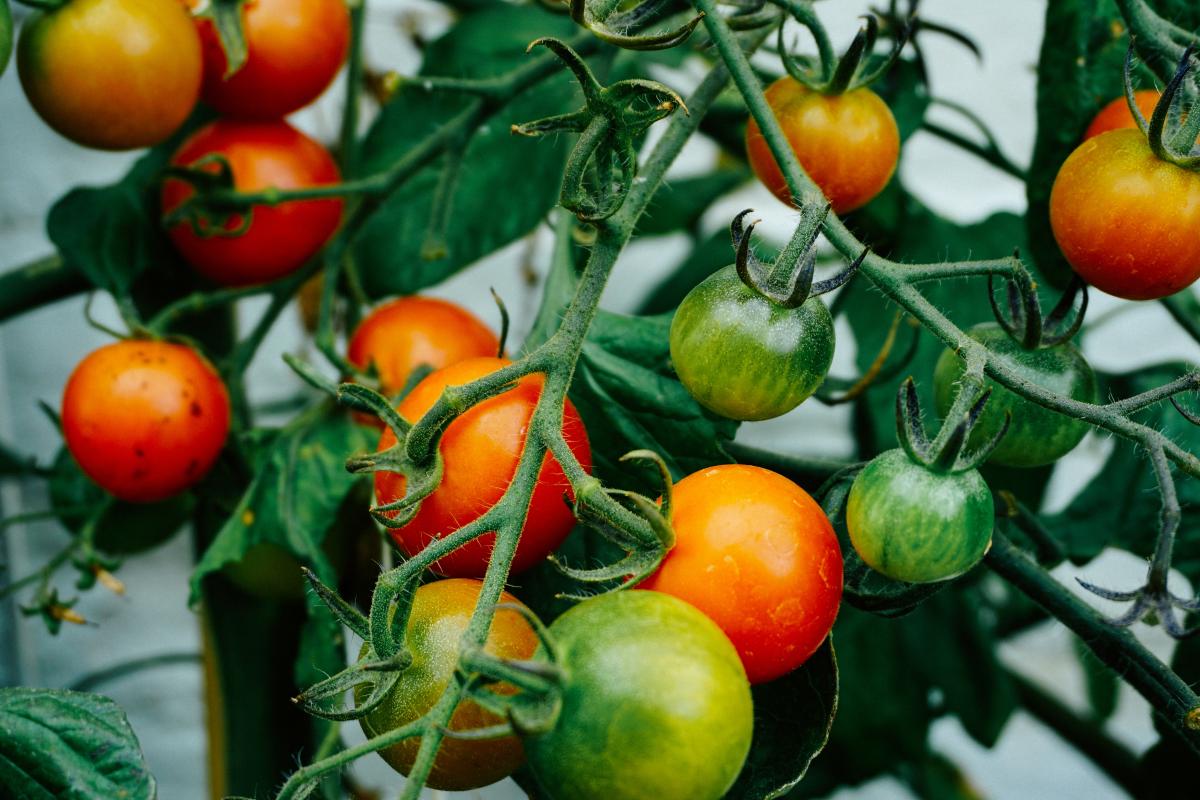
What is biomimicry? What's wrong with Pringles cans? Students explore these questions in the lesson. They will read an article about Pringles cans before using biomimicry to design a new can.

What is biomimicry? What's wrong with Pringles cans? Students explore these questions in the lesson. They will read an article about Pringles cans before using biomimicry to design a new can.

This lesson is part four of four lessons, which culminates in the flight of drones built by the students. Lesson 4: FLY focuses on the controller pairing and functions, troubleshooting possible

This lesson is part three of four lessons, which culminate in the flight of drones built by the students. Lesson 3: Max Axiom, STEM Adventurer focuses on commercial, scientific, and government drones

This lesson is part two of four lessons, which will culminate in the flight of drones built by the students. Lesson 2: Harmony focuses on how stakeholders work together to ensure safety, mobility, and

This lesson is part one of four lessons, which will culminate in the flight of drones built by the students. Lesson 1: SOAR focuses on social-emotional learning (SEL), noticing and wondering, and the

This is a series of lessons where students will observe natural activities in the garden for five days. From the observation, they will identify the factors that have high probability of causing

In this lesson, students use the engineering process to solve a real-world problem along the I-10 in Arizona. Students analyze data about roadkill along a particular stretch on the I-10 just outside

Students will continue from their research and start an investigation to help with their solution. They will first learn about compost and what it does. They will then develop and investigation and

In this project students will be creating an agricultural community display. Students will need to create a proposal letter first to secure funding. Then they will create a blueprint that needs to be